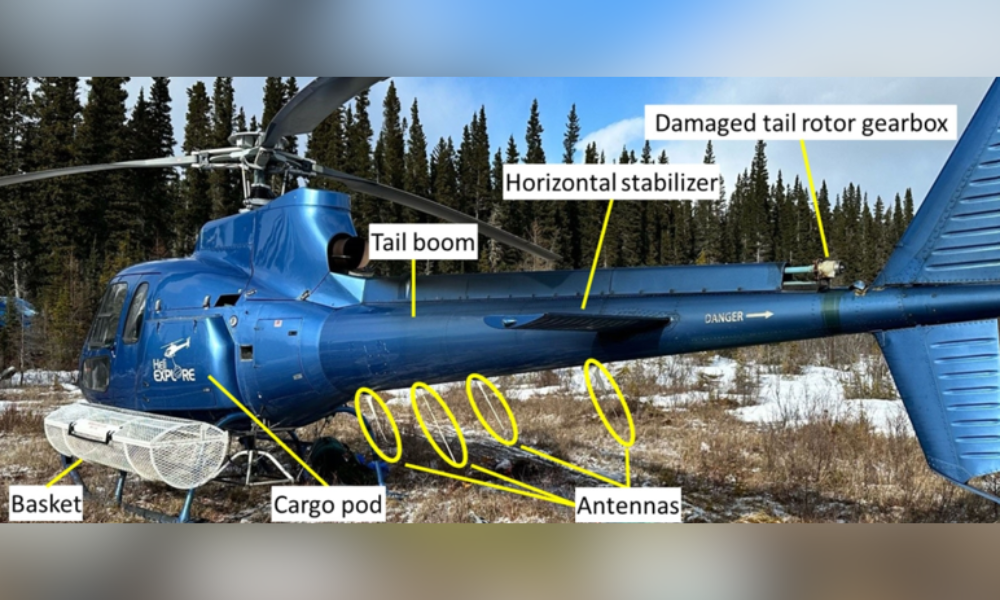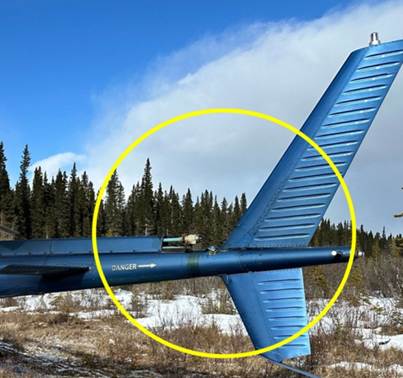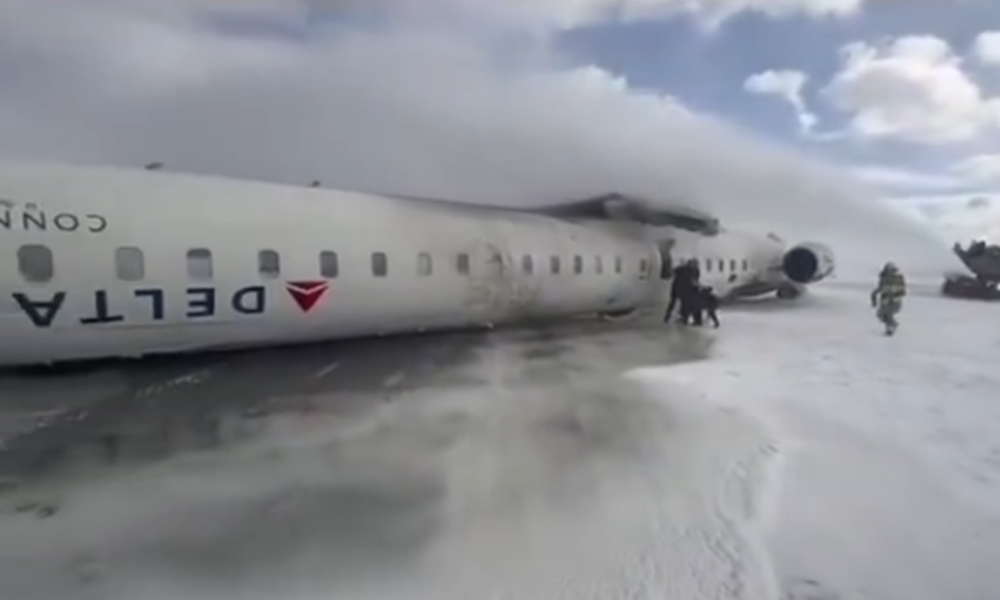TSB investigation highlights dual responsibility of pilots and passengers

"Pilots are reminded they need to make sure their passengers and everybody traveling with them are briefed on the dangers of a helicopter prior to departing and prior to exiting the helicopter," says Peter Rowntree, a senior regional investigator with the Transportation Safety Board (TSB) of Canada. His words follow a recent investigation into a tragic helicopter accident that claimed the life of a passenger in a remote area.
The incident, detailed in the TSB’s latest investigation report (A24O0048), highlights a critical safety oversight. A passenger, accustomed to flying in helicopters for annual hunting trips, was fatally injured after walking into the tail rotor while unloading equipment. Despite having been briefed on rotor hazards in the past, the individual did not receive a direct safety briefing before this particular flight.
Preventable tragedy
According to Rowntree, the passenger’s familiarity with helicopters likely contributed to a false sense of security. "This person had flown in the past on previous goose hunts. He was aware of the dangers of the tail rotor," Rowntree explains. However, assumptions about prior knowledge proved fatal. The pilot, believing the passenger had been briefed previously, did not reinforce safety instructions before takeoff.

Occurrence helicopter’s tail boom, showing the “DANGER” and arrow markings as well as the approximate radius of the tail rotor arc (Source: Heli Explore Inc., with TSB annotations)
The investigation underscores a gap in safety protocol: when flights operate on tight schedules, safety briefings can become inconsistent. In this case, a simple reminder of standard procedures—such as always approaching and exiting from the front—could have made the difference between life and death.
Balancing efficiency with safety
Helicopter operations, particularly in remote locations for industries like mining, oil and gas, and forestry, often require rapid turnarounds. Pilots may need to keep engines running due to unstable ground conditions or time constraints. However, this creates additional risks for passengers unfamiliar with helicopter mechanics.
"If time is an issue and you've got a lot of helicopter runs to get in one day, it's a lot easier to keep the helicopter running versus shutting it down," Rowntree explains. A full shutdown can take up to 25 extra minutes per trip due to engine cooldowns and pre-flight checks. In high-demand situations, that delay can significantly impact operations.
That said, when quick turnarounds are necessary, safety measures must be reinforced. Clear communication and direct safety briefings become even more critical when shutting down is not practical.
Key takeaways for high-risk industries
This case offers a stark reminder to industries that rely on helicopter transport. The TSB’s report emphasizes two key responsibilities:
- Pilots must brief every passenger before takeoff, regardless of prior experience.
- Passengers must stay vigilant and follow all safety instructions, especially in high-risk environments.
"Passengers need to be cognizant of the dangers around a helicopter when the engines are running," Rowntree stresses. "They need to obey everything they've been told in the past or prior to the flight or during the flight."
The accident serves as a cautionary tale for all industries operating in remote regions. A few extra moments spent reinforcing safety protocols could prevent future tragedies.





